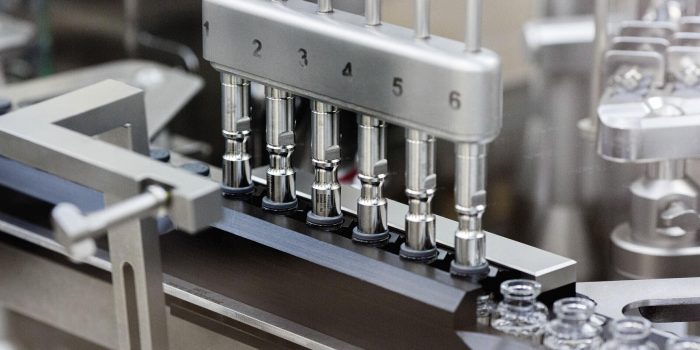AR has seen extensive applications in the field of infotainment and video gaming, but these are only the birthing pools of a technology that will pervade every aspect of our society shortly. At the moment, Aircada AR technology has made a fabulous show of bravura in the manufacturing industry as it supports a vast number of operational processes. From the initial stages of manufacturing company design and prototyping to the final touches of manufacturing and QA, AR technology is set to take the manufacturing industry to new levels of quality and productivity.
Extended Reality Technology, a broad term used for AR and VR technologies, has shown considerable transformative potential for many facets of the manufacturing industry. The goals of manufacturing are inherently focused on continuous production and highly-efficient performance — any moment of downtime, can be less progress in the long term and impact the bottom line.
The potential to introduce AR and VR simulations to the manufacturing industry is extensive and is sure to spark a new industrial revolution. With this in mind, let’s take a look at a few of the most important application areas where AR/VR can be applied to the manufacturing industry and how this application will improve the process and add intrinsic value to the operations.
DESIGN AND PROTOTYPING
At the present state of technology, VR can produce a realistic idea of how a product will look and function before a prototype is created. This technology has been used extensively. For Example, VR was applied by the Ford Motor Company to produce its own VR prototypes, the FIVE — Ford Immersive Vehicle Environment. This technology produced realistic vehicle environments long before the advent of HTC headsets or Oculus. The design of a future car would be generated into a VR format allowing the engineers to get a full view of the car before it is built.
As you may imagine, VR technology has also allowed the Ford Motor Company to collaborate over great distances and has done much to benefit its sales and marketing. When you work in a digital world your physical location is no longer an issue.
INVENTORY MANAGEMENT
AI technology offers many advantages to managing a well-appointed database of information, but in a physical location, things will still have to be lifted and moved from one location to another. This is where AR technology can be applied to reduce the potential for error. AR technology allows this to be a simplistic task guided by precise and unmistakable directions.
The employee at the warehouse will simply have to use an iPad or Microsoft Hololens — or any other headset or mobile device calibrated for AR technology for this matter, and there are many more in development— and receive detailed information about the items they are trying to locate and precise directions to its location in the storage facility.
No more having to guess and grope through mounds of indistinguishable items, the exact product you are looking for will be indicated in your AR display. Any business dealing with even moderate amounts of inventory and parts will understand the value of this technology.
REAL-TIME EMPLOYEE INSTRUCTION
AR and VR can be used for providing instructions to employees throughout every aspect of the process. At Smart Tek, we have been hard at work creating a wide range of custom solutions that guide assembly line workers in real-time, greatly facilitating the process. Each assembly line worker gets detailed instructions on their AR glasses or iPad and is thus able to continue the detailed process with minimal difficulty or confusion. This can also allow for lengthy training times and necessary adjustments to be made in shorter time frames.
BENEFITS OF AR/VR IN MANUFACTURING
Increased Security — primarily, the more predictability that can be applied to production processes, the better the security that can be found. AR/VR can help you to eliminate a threat to your production, improve your quality and provide clear instructions to well-informed employees.
Better Quality — AR/VR technology allows for precision instruction in the manufacturing process, this ensures that products are completed quickly and with a higher level of quality.
Reduced Expenses — AR/VR can help to streamline your processes and provide many solutions that will avoid costly mistakes and downtime. In the long run, this will result in increased profits. For example, through a well-appointed AR/VR program of training and instructions, the need for expert instruction can be reduced. This takes the pressure of the expert talent at work in your organization.
Naturally, there will be some adjustment time needed for introducing a VR program to your operations and ensuring the investment is a perfect fit.


